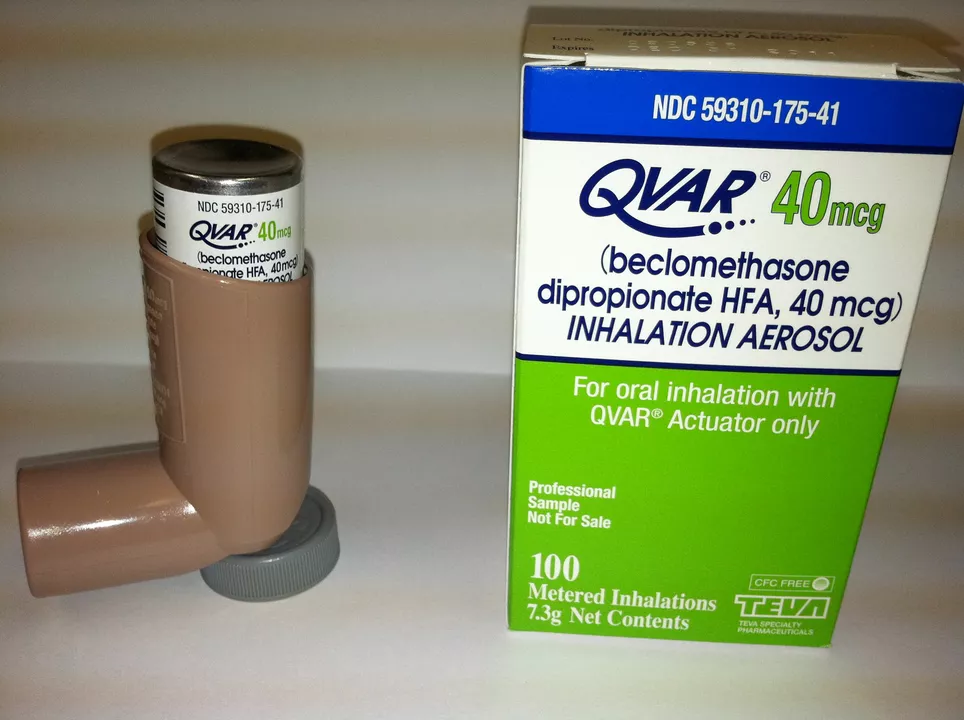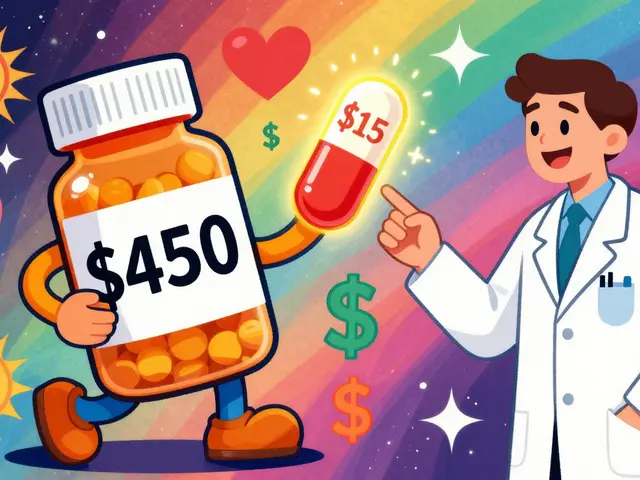Seasonal Allergies: What Triggers Them and How to Feel Better Fast
If you find yourself sneezing, itchy eyes, or a runny nose when the trees start blooming, you’re probably dealing with seasonal allergies. It’s not magic – pollen from grasses, trees, and weeds hits your nose and lungs, causing an immune response that makes you uncomfortable. The good news? You can control the symptoms without spending hours Googling vague advice.
Spotting Common Signs Early
The first step is recognizing when allergies are the cause. Typical signs include:
- Sneezing fits that start suddenly
- Watery, itchy eyes (often called allergic conjunctivitis)
- A scratchy throat or post‑nasal drip
- Fatigue that shows up after being outdoors for a while
If these symptoms flare up during spring or early fall, write them down. Knowing the pattern helps you plan ahead and avoid unnecessary doctor trips.
Practical Ways to Reduce Exposure
Cutting pollen intake is easier than you think. Keep windows closed on high‑pollen days, use air filters, and shower after gardening or walking your dog. A quick tip: check local pollen counts online; when they’re high, limit outdoor activities in the morning when pollen levels peak.
Even simple changes like wearing sunglasses outside can shield your eyes from pollen. And if you have a garden, opt for low‑allergy plants such as roses or daffodils instead of highly pollinating grasses.
Choosing Safe Over‑the‑Counter Relief
When symptoms strike, antihistamines are the go‑to. Look for non‑sedating options like loratadine or cetirizine – they won’t make you drowsy and work well for most people. If a single pill isn’t enough, combine it with a nasal steroid spray such as fluticasone; this combo tackles both sneezing and congestion.
Always read the label for dosage limits and check if you have any health conditions that could clash with these meds. For example, decongestants like pseudoephedrine can raise blood pressure, so they’re not ideal if you’ve got hypertension.
When to Seek Professional Help
If over‑the‑counter products don’t calm your symptoms after a week, it’s time to talk to a pharmacist or doctor. They might prescribe stronger antihistamines, leukotriene inhibitors, or suggest allergy shots (immunotherapy) that gradually desensitize you to pollen.
Bring your symptom diary to the appointment – doctors love concrete data and can pinpoint which allergens are bothering you most.
Quick Recap: Your Allergy Action Plan
- Check daily pollen counts and stay indoors when they’re high.
- Use air filters, keep windows shut, and shower after outdoor exposure.
- Take a non‑sedating antihistamine; add a nasal spray if needed.
- Watch for side effects and avoid decongestants if you have blood pressure issues.
- Visit a healthcare professional if symptoms persist beyond a week.
Seasonal allergies don’t have to ruin your spring. By spotting the signs early, limiting pollen exposure, and using the right meds, you can enjoy sunny days without endless sneezing. Stay informed, stay comfortable, and breathe easy this season.
Beclomethasone for seasonal allergies: dosages and recommendations
As someone who suffers from seasonal allergies, I've found that beclomethasone has been a game changer for me. This corticosteroid nasal spray helps reduce inflammation and congestion in my nasal passages, making allergy season more bearable. For best results, it's recommended to start using it a few weeks before the allergy season begins. The typical dosage is one to two sprays in each nostril, twice daily, but always follow your doctor's advice. Remember, consistency is key to managing your allergies effectively with beclomethasone.






